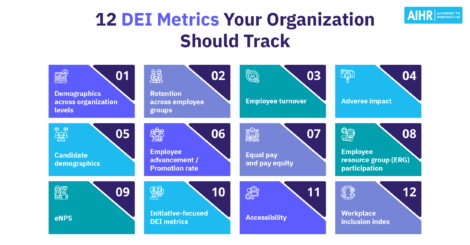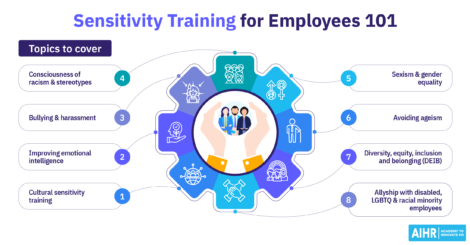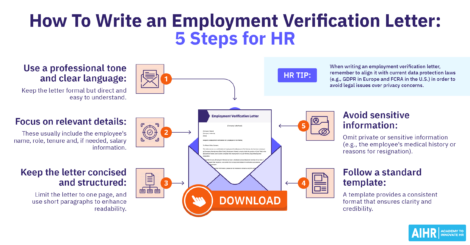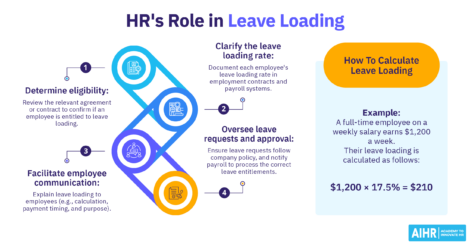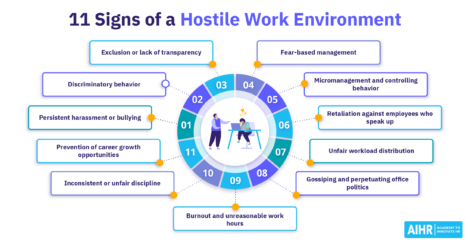Beyond Diversity & Equity: Focusing on Inclusion and Belonging in the Workplace
“Diversity is having a seat at the table, inclusion is having a voice, and belonging is having that voice be heard,” said author Liz Fosslien. Without belonging, people may show up but won’t fully contribute. A culture of true inclusion ensures every voice matters—and is valued.

Several organizations, including Meta, Amazon, Apple, and Walmart, announced they will sunset some Diversity, Equity, Inclusion, and Belonging (DEIB) initiatives. Following the U.S. Supreme Court’s ruling on affirmative action, these decisions signal a significant shift in corporate sentiment towards DEIB.
At the same time, accusations against the Los Angeles Fire Department Chief, alleging that DEIB-focused hiring compromised operational readiness during the catastrophic fires in early 2025, have fueled debates about the role and impact of DEIB efforts. Even though these claims have no supporting evidence, they drive a negative perception of the value of DEIB.
Unfortunately, the debate about DEIB tends to focus on representation and equity at the expense of inclusion and belonging in the workplace. This view is limiting and leads to us getting caught up in debates on hiring and promotions. The evidence shows that representation in isolation does not lead to better performance, calling on us as HR to take a more holistic view of the end-to-end DEIB domain.
In this article, we provide a holistic framework to help HR professionals take a more holistic approach to inclusion and belonging and move beyond the focus on diversity and equity.
Contents
Defining inclusion and belonging beyond diversity and equity
What are organizations getting wrong with inclusion and belonging in the workplace?
A comprehensive framework for inclusion and belonging in the workplace
Getting started
Defining inclusion and belonging beyond diversity and equity
The acronym DEIB is commonly used today by HR and business professionals. Even though the term’s awareness has increased, the unintended consequence is that we have lost a deeper understanding of the details below each of the letters. Many see DEIB as one concept instead of acknowledging that the different parts of the acronym have significantly different objectives, strategies, and values.
As mentioned earlier, a significant discrepancy is the perception that DEIB programs focus solely on representation, which means that most organizations ignore inclusion and belonging as an essential part of organizational culture.
Taking a step back, we need to understand that each part of the acronym is a domain in its own right, even though they are interrelated:
Diversity
Representation
This refers to the representation of the workforce in terms of diverse backgrounds, experiences, languages, and exposure. It should go beyond surface-level demographics to help organizations have teams that represent their customer base and the communities within which they operate.
Do we represent the communities within which we operate?
Equity
Fairness and opportunity
Ensuring we have fair, open, and transparent practices that allow people from diverse backgrounds equal opportunities.
The equity component is often misinterpreted as the intention was never to favor underrepresented groups over competence but to ensure fair access to gain competence and opportunities for all.
Do we ensure fairness and consistency in how we act towards all people?
Inclusion
Empowerment and environment
Creating an environment where everyone feels valued, respected, psychologically safe, and can contribute to shared goals.
Do we ensure people are valued, heard, and can contribute?
Belonging
Emotional connection and engagement
Fostering a sense of connection and acceptance where individuals feel authentically welcomed, supported, and part of the organization.
Do individuals feel like they matter?
While closely related, inclusion and belonging address different aspects of the workplace and the relationship between the employee and employer.
Inclusion focuses on creating an environment where individuals feel empowered to contribute and is often influenced by a strong focus on access to the workplace, team relationships, and organizational culture.
Belonging is the emotional counterpart to inclusion and reflects an individual’s sense of acceptance and connection within the organization. Belonging also refers to the extent to which employees feel seen, heard, and appreciated for who they are. It is often associated with employee engagement strategies, the team’s trust levels, and the quality of the relationship between employees and management.
It is important to note that inclusion and belonging are shared responsibilities between individuals and the organization. Individuals need to want to be included and also do their part to belong, while the organization has to create an environment that includes, celebrates differences, and allows individuals to contribute.
What are organizations getting wrong with inclusion and belonging in the workplace?
Many organizations have embarked on DEIB initiatives with noble intentions. Unfortunately, as is evident from the public sentiment about these practices, some common mistakes are preventing businesses from seeing the value that DEIB brings to the organization.
A few of the common pitfalls are:
Focusing on ethics, not impact
HR teams often frame DEIB initiatives as the “right thing to do” driven by a sense of social responsibility. While such an approach highlights the moral and ethical dimensions of DEIB, it risks positioning it as an external obligation rather than a key driver of organizational success.
This narrow focus can lead stakeholders to view it as a “check-box” exercise without seeing its tangible connection to business value.
→ What organizations need: A more holistic way to explain the value to the business of the different elements of D, E, I, and B and link the outcomes to tangible business value substantiated by evidence. For example:
Diversity: Drives innovation and aligns with customer needs.
Procter & Gamble credits the diversity in their team to be able to create culturally relevant campaigns that speak to their customer base.
Equity: Builds trust and fairness and ensures full potential is unlocked across the workforce.
Microsoft has prioritized pay equity and consistently reports on its progress and goal of achieving parity. It credits this focus with enhancing employee trust and retaining talent.
Inclusion: Enhances collaboration, engagement, and resilience.
Cisco has implemented a “proximity initiative,” focusing on helping individuals from various backgrounds understand each other’s workplace experiences. This has contributed to creating an inclusive culture where employees are more engaged and productive.
Belonging: Deepens loyalty, well-being, and advocacy, turning employees into brand ambassadors
Harvard Business Review published a study that showed that high levels of belonging were linked to a 56% increase in job performance and a 75% drop in sick days.
Overemphasis on representation
Many organizations reduce DEIB to focusing narrowly on demographic representation. This approach typically involves tracking metrics like the number of people from underrepresented groups hired, promoted, or represented at each level of the organization. While representation is critical, only focusing on these metrics often limits progress.
Representation focuses on who is in the room, but if this is not balanced with inclusion and belonging, it becomes symbolic rather than transformative. Employees who are present but feel overlooked or undervalued may still struggle to thrive or to bring the creativity and perspectives that make diversity an asset.
→ What organizations need: Ensure that monitoring and tracking metrics are focused on all domains of DEIB, expanding the business conversation to go beyond the numbers and focus on aspects of culture and engagement.
Seeing inclusion and belonging as an outcome and not a focus
Many believe inclusion and belonging will follow if we focus on diversity and equity. As stated above, this is not true. For authentic and sustainable inclusion and belonging to occur, we must understand the differences between the areas and how they contribute value.
→ What organizations need: Strategies and frameworks that view each of these elements in its own right and target them appropriately to drive value.
Making DEIB only about justice
DEIB programs can inadvertently place significant focus on past injustices and emphasize who has been wronged. While raising awareness of inequities and acknowledging systemic barriers is important, framing these discussions primarily through a lens of victimization can be counterproductive.
→ What organizations need: Businesses need a “building” narrative focused on acknowledging and understanding history and context while seeking a way forward that includes all. A balanced approach that recognizes challenges while empowering individuals and fostering forward-looking solutions is more effective in driving meaningful change.
Avoiding the debate altogether
Some organizations have opted to avoid DEIB issues altogether to escape criticism. However, this neutrality often alienates employees, particularly younger generations, who value employers that take a stance on social and workplace problems.
→ What organizations need: Companies should participate in the discussion and express their perspectives on DEIB issues instead of abolishing these programs outright. We need more participation and sharing of what works, what does not, and how we should move the intent that sits DEIB forward.
A comprehensive framework for inclusion and belonging in the workplace
Considering these recommendations, we have provided a framework below that HR professionals can utilize to guide their DEIB practices to be broader and drive higher value. Before diving into the framework, we acknowledge that DEIB is highly contextual, and as such, we should always consider the external context to inform our initiatives and priorities.
The framework is divided into two layers. The inner layer reflects the various outcomes we want to achieve, or in simple terms, what success looks like. The outer layer showcases the enablers that need to be in place for these outcomes to be achieved.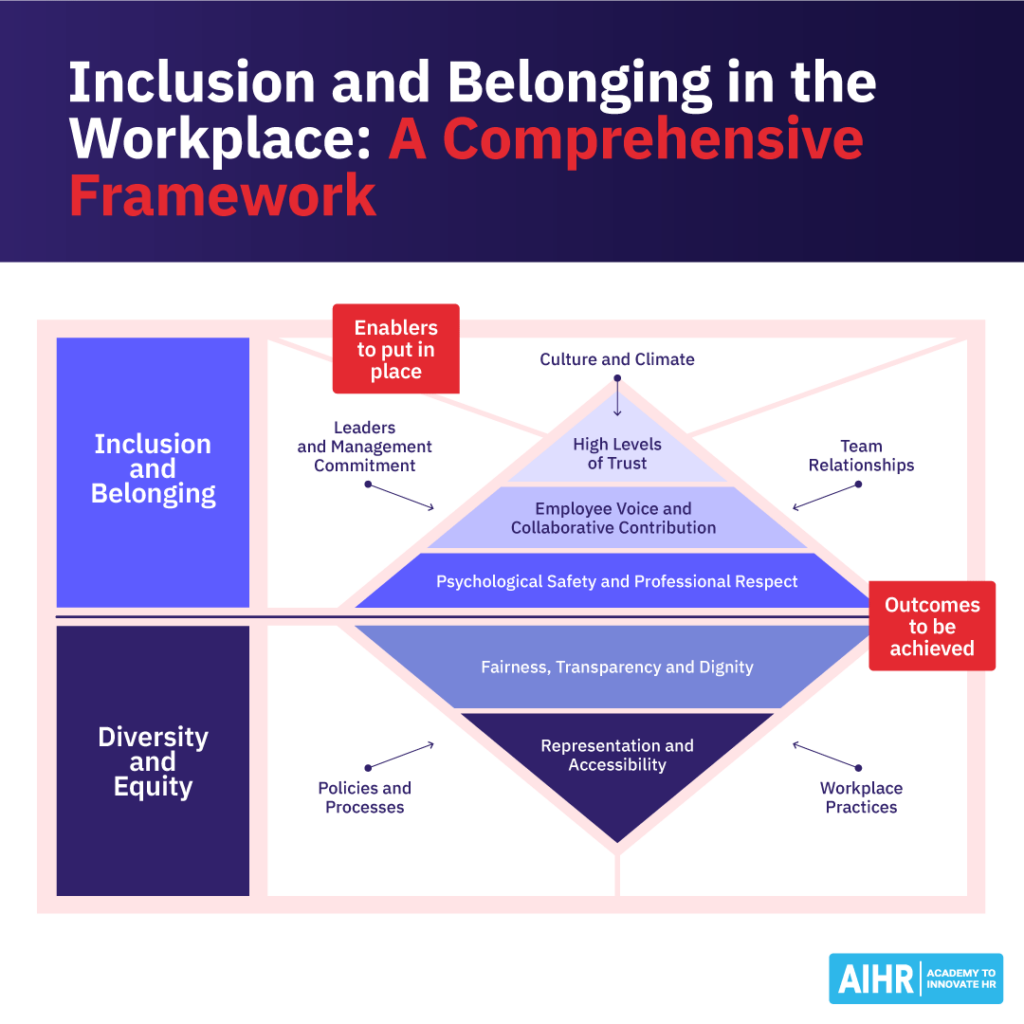
The outer layer: The enablers that need to be in place
Outcomes can be linked to the specific areas of diversity, equity, inclusion, and belonging. Below the line are the areas that focus specifically on diversity and equity, while the areas above the line strongly focus on inclusion and belonging.
Here are the outcomes for the organization to achieve:
- Representation and accessibility: The organization is accessible to individuals from all backgrounds and effectively represents the communities we serve and operate within.
- Fairness, transparency, and dignity: Consistently acting in ways that are fair, transparent, and aligned with employee needs, ensuring their dignity and humanity are upheld.
- Psychological safety and professional respect: Creating an environment where individuals feel psychologically safe to be themselves and engage professionally without fear of undue consequences.
- Employee voice and collaborative contribution: Employees can voice their perspectives formally and informally and collaborate to achieve shared goals.
- High levels of trust: Building a workplace where people trust each other and the intentions behind decisions and actions.
These outcomes can only become a reality if specific enablers are in place. These enablers range from systemic areas to interpersonal and behavioral dimensions.
- Policies and processes: Robust policies and processes must be in place to dismantle barriers, promote consistency in actions, and create trust.
- Workplace practices: Day-to-day practices must reflect and reinforce inclusion, belonging, and equity, ensuring they are embedded in how work is designed and executed across the organization
- Leadership and management commitment: Managers and leaders must demonstrate a genuine commitment to driving inclusion and belonging, extending beyond surface-level support for diversity and equity.
- Team relationships: Teams must trust each other’s competence and build strong relationships.
- Culture and climate: The organization’s culture must set the foundation for inclusion and belonging, ensuring it aligns with and supports these values at every level.
The inner and outer layers work together to ensure a broader focus on DEIB, and although distinct, they are interrelated.
We discussed inclusion in the workplace with the inclusion strategist Amri B. Johnson. Watch the full interview below:
Getting started
To make the model practical, the first step is to evaluate the current work being done in the organization against the framework. It is helpful to categorize to what extent these realities are true for the organization and prioritize areas to focus on where the most significant discrepancies exist.
Below, we provide a series of questions that can be used as a starting point:Representation and accessibility Is our organization accessible to individuals?
Do we effectively represent the diverse communities we serve and operate within?Fairness, transparency, and dignity Are our actions consistently fair, transparent, and aligned with employee needs?
Do we uphold and protect the dignity and humanity of all employees?Psychological safety and professional respect Are we creating an environment where individuals feel psychologically safe?
Can employees engage professionally without fear of inappropriate consequences?Employee voice and collaborative contribution Do employees have meaningful opportunities to voice their perspectives?
Are they empowered to collaborate effectively to achieve shared goals?High levels of trust Are there high levels of trust between employees and the organizational leaders?
Do we foster strong, positive relationships that unify individuals rather than divide them?
Policies and processesDo we have robust policies and processes that dismantle barriers?
Are our actions consistent and transparent?Workplace practices Do our day-to-day practices reflect and reinforce inclusion and belonging?
Are these principles embedded in how work is designed, communicated, and executed?Leadership and management commitment Are our managers and leaders committed to driving inclusion and belonging?
Does their commitment translate into how they make decisions and manage people?Team relationships Are there strong, trusting relationships between team members?
Do teams trust each other’s competence and actively collaborate?Culture and climate Does our overarching culture create the conditions for inclusion and belonging?
Are these values aligned and consistently supported at all levels of the organization?
A final word
Amid the ongoing public debate about DEIB’s value, HR must adopt a more holistic approach that demonstrates clear business value and highlights its importance in the future of work. To do so, DEIB must move away from a narrow focus that only targets representation and expand on creating environments that actively foster inclusion and belonging for all employees.
Learn more
Related articles
Are you ready for the future of HR?
Learn modern and relevant HR skills, online







